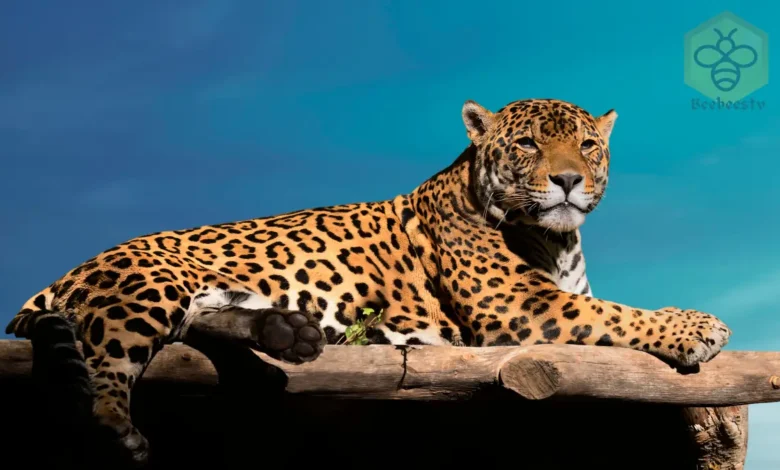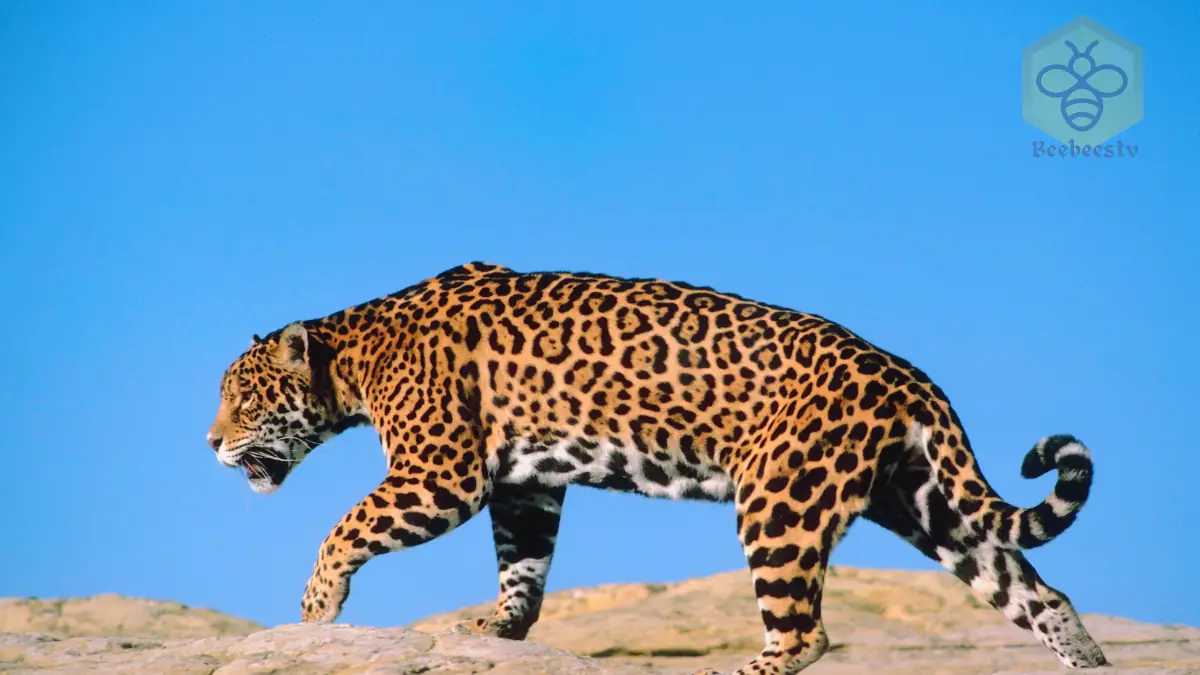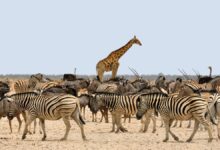Jaguars: The Powerful Predators of the Americas

The Jaguar: A Powerful Predator of the Americas
Jaguar
Introduction
The jaguar is one of the most majestic and powerful big cats in the Americas. Known for its strength and beauty, this solitary predator is often associated with the lush rainforests and riverbanks of Central and South America. Jaguars play a crucial role in their ecosystem, maintaining a balanced food chain and helping to preserve biodiversity.
Scientific Overview
Scientific Name
The jaguar’s scientific name is Panthera onca. This name highlights its classification within the Panthera genus, which includes other large cats like tigers, lions, and leopards.
Common Name
The common name for Panthera onca is simply “jaguar,” although it’s sometimes referred to as the “American tiger.”
Scientific Classification
| Kingdom | Animalia |
| Phylum | Chordata |
| Class | Mammalia |
| Order | Carnivora |
| Family | Felidae |
| Genus | Panthera |
| Species | Panthera onca |
Types
While there is only one species of jaguar, there is considerable variation in their coat colors and patterns. Melanistic, or black, jaguars are a notable variation, where a high concentration of pigmentation results in a black coat, though spots can still be faintly seen.
Habitat and Distribution
Jaguars are primarily found in Central and South America, with the Amazon Rainforest as their stronghold. They thrive in diverse habitats, including tropical and subtropical forests, wetlands, grasslands, and even semi-arid regions. Jaguars prefer areas near water, such as riverbanks and dense forests, where their powerful swimming abilities can be utilized.
Physical Characteristics
Size and Weight
Jaguars are the largest big cats in the Americas. They can grow up to 6 feet in body length, with an additional 2 to 3 feet for their tail. Males typically weigh between 220 and 250 pounds, while females are slightly smaller, averaging around 100 to 200 pounds.
Appearance
Jaguars have a robust, muscular build, with a golden-yellow coat covered in black rosettes and spots. Their short, powerful limbs allow them to climb, swim, and hunt effectively in a variety of terrains. The jaguar’s unique rosette pattern distinguishes it from leopards, with which it is often confused. Additionally, jaguars have the most powerful bite of any big cat, capable of crushing the skulls or shells of their prey.
Diet and Feeding Habits
Jaguars are carnivorous apex predators, feeding primarily on a diet of deer, capybaras, tapirs, and peccaries. They are also known to prey on reptiles like caimans and large river turtles. Unlike other big cats, jaguars frequently hunt in and around water, using their strong swimming ability to catch prey that lives in rivers and lakes. They employ a unique killing technique, using their powerful jaws to pierce through the skull of their prey.
Predators and Threats
As apex predators, adult jaguars have no natural predators. However, young jaguars may fall prey to other large predators such as pumas or anacondas. Humans pose the greatest threat to jaguar populations due to habitat loss, deforestation, and illegal hunting for their pelts and other body parts. Road construction and agricultural expansion also fragment their habitats, leading to isolated populations and reduced genetic diversity.

Reproduction, Babies, and Lifespan
Female jaguars typically give birth to a litter of 1 to 4 cubs after a gestation period of about 3 to 4 months. Cubs stay with their mother for up to two years, learning essential survival skills before becoming independent. Jaguars have a lifespan of around 12 to 15 years in the wild, though they may live longer in captivity.
Population and Conservation Status
Jaguars are classified as Near Threatened by the IUCN, with an estimated population of around 15,000 to 30,000 individuals. Due to habitat destruction and illegal hunting, their population has been declining. Conservation efforts are underway to protect jaguar habitats and create wildlife corridors that allow for greater movement and genetic diversity.
Behavior and Lifestyle
Jaguars are typically solitary, territorial animals, with males defending large territories that often overlap with those of multiple females. They communicate by scent-marking and vocalizing, particularly during the mating season. Jaguars are primarily nocturnal hunters but may also be active at dawn or dusk.
Ecological Role
Jaguars play a critical role in their ecosystems as apex predators, helping to control the population of other species and prevent overgrazing. By maintaining balance in the food chain, jaguars indirectly support biodiversity and the health of their habitats.
FAQs About Jaguars
- Are jaguars endangered?
They are currently listed as Near Threatened, with populations in decline due to habitat loss and poaching. Conservation measures are essential to prevent their status from worsening. - How strong is a jaguar’s bite?
They have the strongest bite of any big cat relative to body size. Their bite force is powerful enough to crack open skulls and shells, allowing them to prey on armored animals like turtles. - Where do jaguars live?
They are primarily found in the tropical and subtropical regions of Central and South America, with the Amazon Rainforest serving as a major habitat. - What do They eat?
They are carnivores with a varied diet that includes deer, capybara, caiman, turtles, and other smaller mammals and reptiles. They are excellent swimmers and frequently hunt near or in water. - Can jaguars climb trees?
Yes, they are skilled climbers, often using trees to survey their surroundings or escape danger. Their muscular build allows them to navigate various terrains effectively.
Conclusion
The jaguar is a powerful and essential predator in the ecosystems of Central and South America. With its remarkable strength, unique hunting methods, and iconic appearance, the jaguar is a symbol of the wild and diverse landscapes it inhabits. Protecting this species and its habitat is crucial to preserving biodiversity and maintaining ecological balance in the Americas. Conservation efforts remain vital to ensure that jaguars continue to roam the forests and rivers of their natural range.


